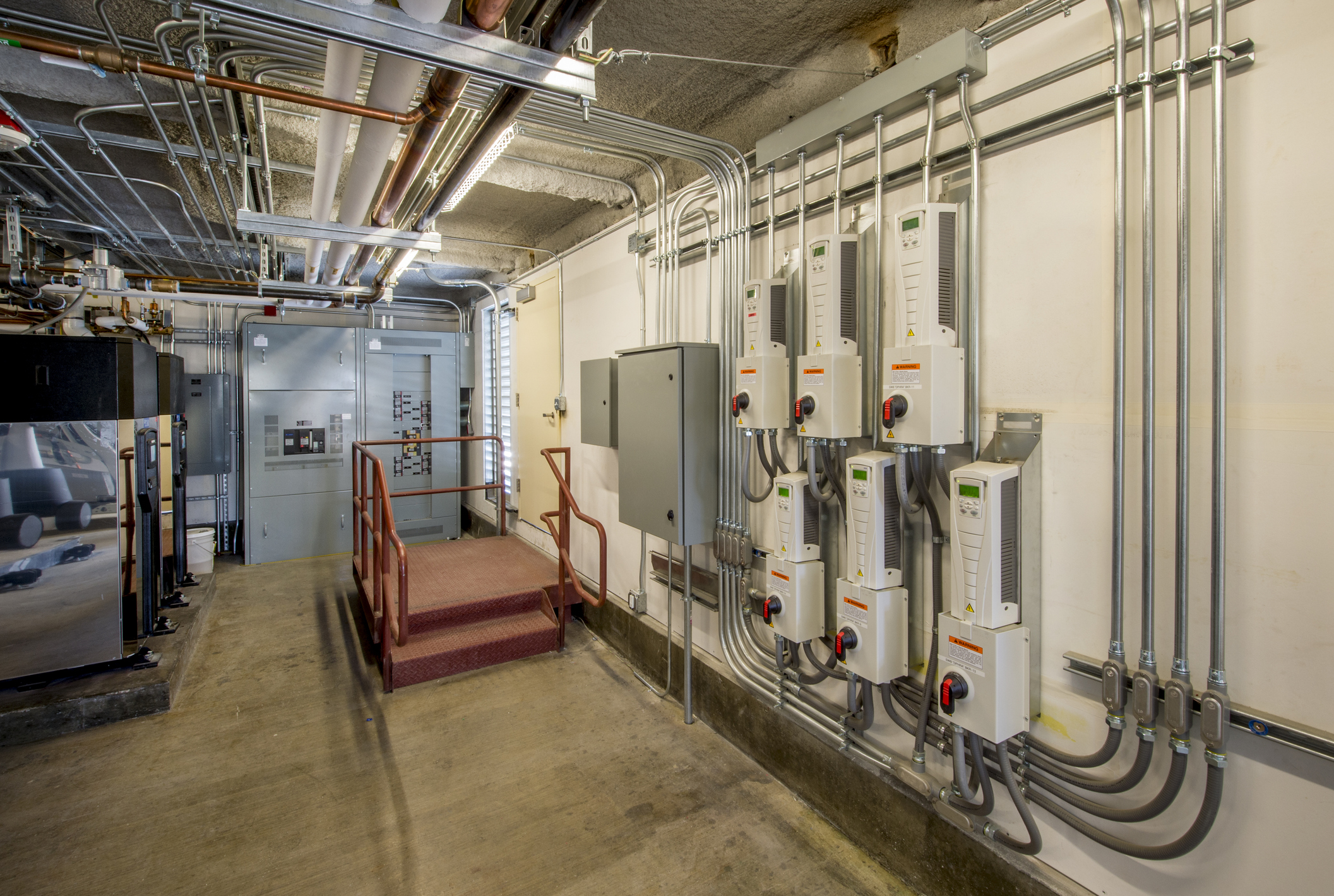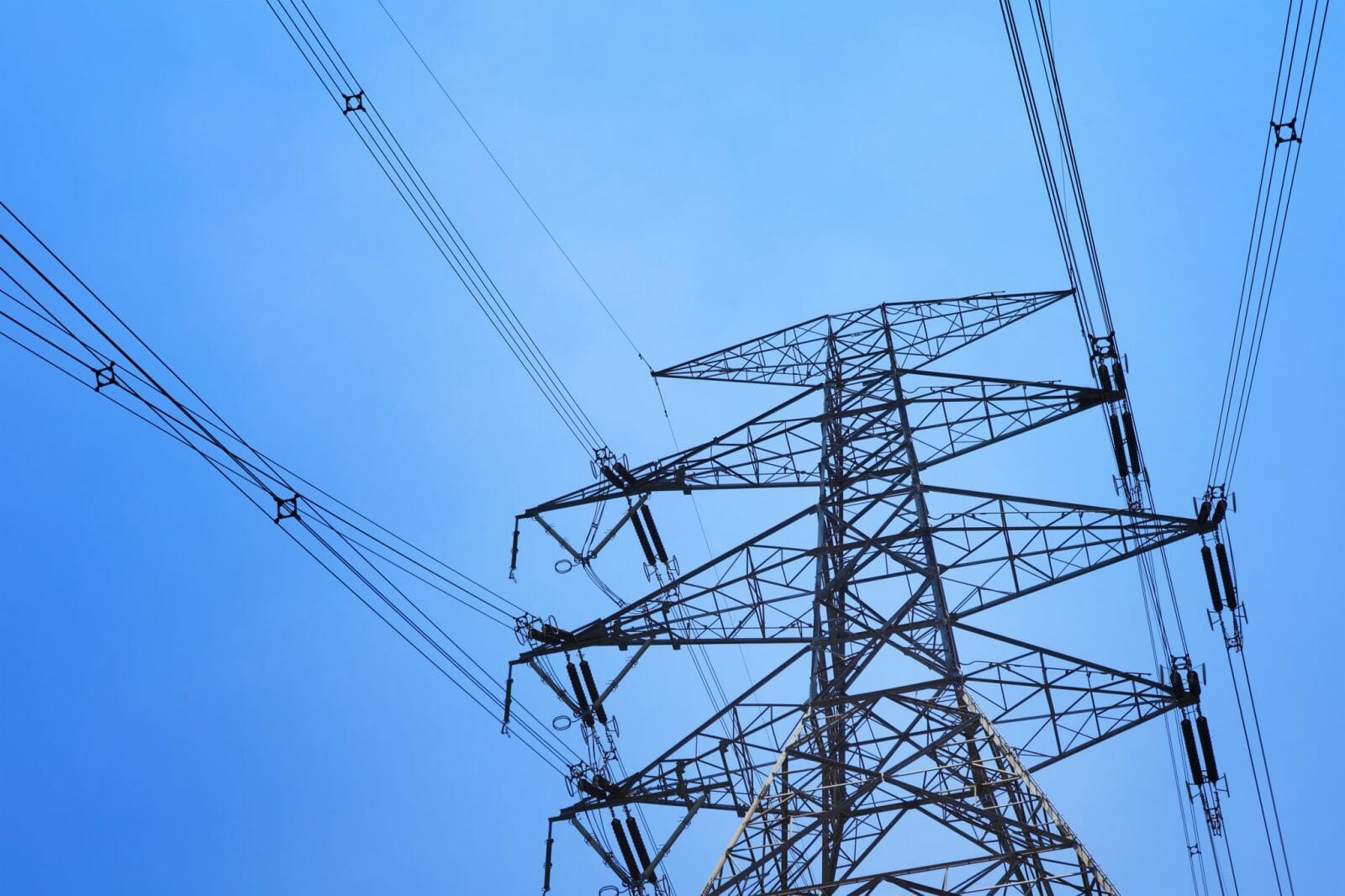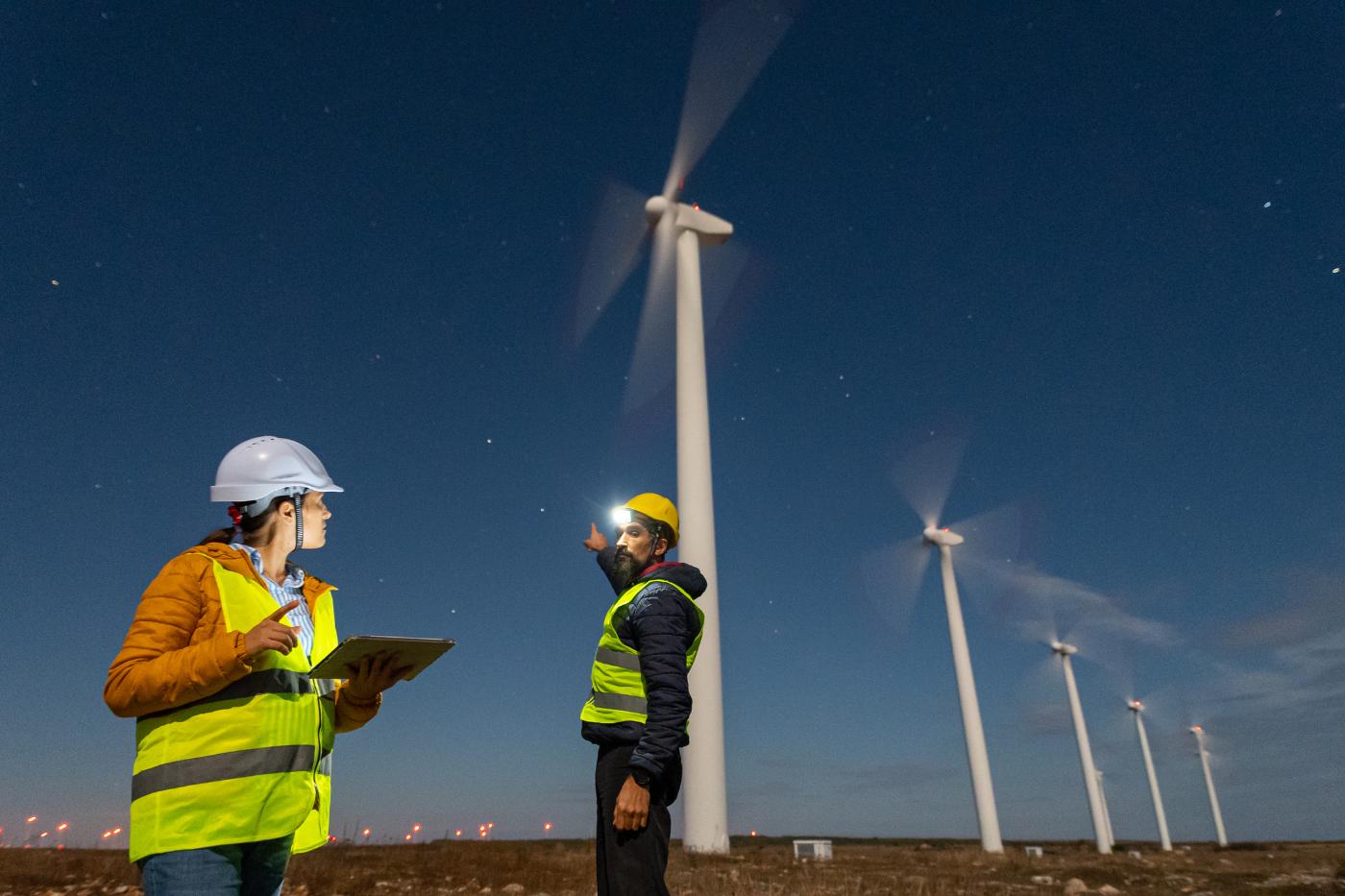The Minnesota Department of Commerce – through the State’s Conservation Applied Research and Development (CARD) program – recently announced grant awards of nearly $4.5 million to advance research and innovation in energy conservation. This research supports Minnesota’s goal of achieving annual energy savings equal to 1.5% of annual retail energy sales of electricity and natural gas.
Among the grant awardees are the University of Minnesota, TRC and Slipstream, who together, led by Slipstream, will implement an R&D field test in Minnesota to evaluate building control retrofit process improvements leveraging ASHRAE Guideline 36. The demonstration project will measure energy savings, determine cost-effectiveness, estimate energy and carbon reductions, evaluate customer acceptance and engage utilities to identify program opportunities.
Building control technologies can dramatically increase the energy efficiency of HVAC systems, and they represent a significant global potential for energy conservation. Properly designed and implemented control sequences are key to long-term energy and cost savings through efficient building operations. However, in the building controls industry, there has traditionally been a lack of standardization in designing and programming HVAC control sequences. Control retrofits can incur high transaction costs due to individualized, custom control specification, sequence programming, and commissioning.
ASHRAE Guideline 36, High-Performance Sequences of Operation for HVAC Systems, was created to develop and maintain best-in-class standardized HVAC control sequences. Released in 2018, the standard offers an opportunity to have a simplified, streamlined control retrofit process, and is designed to reduce building control project time, costs, and errors, ensure code and standard compliance, and improve energy efficiency and operations and maintenance (O&M) costs.
TRC, Slipstream, and the University of Minnesota are working with controls system manufacturers and contractors to develop such a standardized and streamlined building control retrofit process leveraging ASHRAE Guideline 36. The grant-sponsored field test implemented by the project team will utilize the new process and will be the first ASHRAE Guideline 36 demonstration in Minnesota. The goal of the study is to provide a timely, trusted, unbiased performance study focusing on the technology’s performance in the unique Minnesota climate. Outcomes will be beneficial for Minnesota utilities to assess the applicability and energy savings potential for their Conservation Improvement Programs.
This work builds on other ASHRAE Guideline 36 demonstration projects that TRC is doing in California (funded by the California Energy Commission) and in New York (funded by the New York State Research and Development Authority).
To learn more about this work and other industry-advancing building technology and commercialization research at TRC, contact Gwelen Paliaga, Technical Director.

S’adapter au
changement
Collaborez avec les praticiens testés de TRC








